-
 Bitcoin
Bitcoin $82,532.5653
-0.47% -
 Ethereum
Ethereum $1,824.2400
-0.22% -
 Tether USDt
Tether USDt $1.0002
0.04% -
 XRP
XRP $2.0891
-2.87% -
 BNB
BNB $598.7668
-1.02% -
 Solana
Solana $125.5207
0.59% -
 USDC
USDC $0.9999
-0.03% -
 Dogecoin
Dogecoin $0.1644
-3.47% -
 Cardano
Cardano $0.6468
-4.11% -
 TRON
TRON $0.2341
1.48% -
 Toncoin
Toncoin $3.9443
3.93% -
 Chainlink
Chainlink $13.3725
-2.17% -
 UNUS SED LEO
UNUS SED LEO $9.1022
-5.82% -
 Stellar
Stellar $0.2658
-0.94% -
 Avalanche
Avalanche $18.7494
-2.83% -
 Shiba Inu
Shiba Inu $0.0...01225
-3.10% -
 Sui
Sui $2.2404
-5.15% -
 Hedera
Hedera $0.1615
-5.38% -
 Polkadot
Polkadot $4.0239
-1.65% -
 Litecoin
Litecoin $82.5262
-3.94% -
 MANTRA
MANTRA $6.2971
-0.12% -
 Bitcoin Cash
Bitcoin Cash $300.5206
-2.01% -
 Dai
Dai $0.9999
-0.01% -
 Bitget Token
Bitget Token $4.4612
-3.72% -
 Ethena USDe
Ethena USDe $1.0000
0.00% -
 Pi
Pi $0.7041
-8.37% -
 Hyperliquid
Hyperliquid $12.6570
0.20% -
 Monero
Monero $216.6236
0.33% -
 Uniswap
Uniswap $5.9290
-0.81% -
 Aptos
Aptos $5.3023
0.05%
What is the block generation speed of AVAX coin?
Avalanche's (AVAX) block generation speed, typically 1-3 seconds, is remarkably fast but variable, influenced by network congestion and subnet specifics. This speed enhances scalability and efficiency, though real-time monitoring is crucial for accurate assessment.
Mar 21, 2025 at 06:28 am
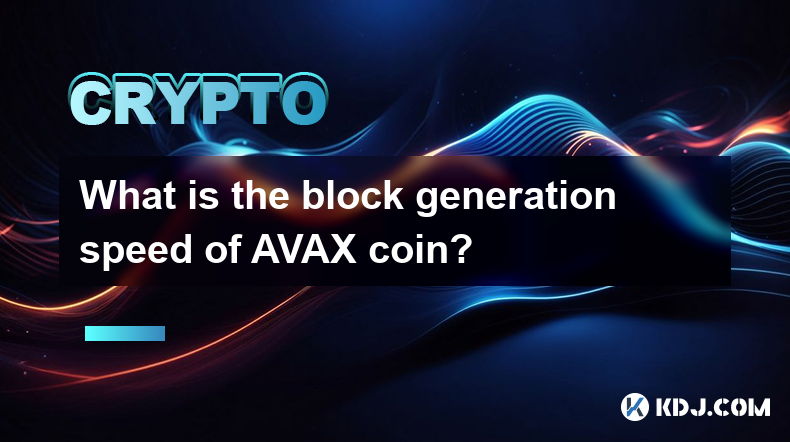
Key Points:
- Avalanche's block generation speed is significantly faster than many other prominent cryptocurrencies.
- The speed is influenced by several factors, including network congestion and the chosen subnet.
- Understanding this speed is crucial for developers building on the Avalanche platform and users interacting with it.
- While generally fast, variations in block time can occur.
- The speed contributes to Avalanche's scalability and efficiency.
What is the block generation speed of AVAX coin? Avalanche (AVAX) boasts a remarkably fast block generation time compared to many other blockchain networks. This speed is a key factor contributing to its scalability and overall efficiency. However, it's not a fixed number and varies depending on several factors. Understanding these factors is essential to grasping the true nature of Avalanche's transaction processing capabilities.
The primary factor influencing Avalanche's block generation speed is network congestion. During periods of high transaction volume, the network naturally slows down slightly as validators process more transactions concurrently. This is a common characteristic of all blockchain networks, not unique to Avalanche. The more transactions vying for processing, the longer the wait time becomes.
Another important consideration is the subnet. Avalanche utilizes a subnet architecture, allowing for the creation of specialized subnetworks for specific applications. Each subnet can have its own unique characteristics, including block generation speed. Some subnets may be configured for faster transaction processing than others, depending on their design and the applications they support.
While the average block time for Avalanche is often cited as being around 1-3 seconds, it's crucial to remember that this is an average. In reality, the actual block generation time can fluctuate, sometimes being slightly faster or slower depending on the aforementioned factors. Real-world observation and monitoring are necessary for accurate assessments of the speed in specific situations.
The speed of block generation is intrinsically linked to the consensus mechanism employed by Avalanche. Avalanche utilizes a novel consensus protocol called Avalanche consensus, designed for high throughput and low latency. This protocol allows for the rapid confirmation of transactions, contributing significantly to the network's speed. The efficiency of this consensus mechanism is a major factor in Avalanche's ability to achieve such fast block times.
Furthermore, the design of the Avalanche network itself plays a crucial role in its speed. The network's architecture is optimized for efficient transaction processing, minimizing bottlenecks and maximizing throughput. This architecture, combined with the Avalanche consensus mechanism, ensures that transactions are processed and confirmed quickly. This efficiency is a key differentiator for Avalanche in the competitive landscape of blockchain technologies.
The fast block generation speed of Avalanche has significant implications for developers. The ability to quickly confirm transactions allows for the creation of decentralized applications (dApps) with low latency and a responsive user experience. This makes Avalanche an attractive platform for developers seeking to build high-performance applications.
For users, the fast block times translate to quicker transaction confirmations. This means less waiting time for transactions to complete, improving the overall user experience and making Avalanche more convenient for everyday use. The speed is a significant advantage for those requiring rapid transaction processing.
The speed also impacts the security of the network, indirectly. While a faster block time doesn't inherently improve security, the quick confirmation of transactions makes it harder for malicious actors to manipulate the network. The rapid finality of transactions reduces the window of opportunity for attacks.
Understanding the variability in block generation times is key to realistic expectations. While the average is generally very fast, spikes in network activity can temporarily increase the time it takes for a block to be produced. Monitoring real-time data is crucial for accurate assessment.
The fast block generation speed of AVAX is a critical component of its overall design and functionality. It's a key factor in its appeal to both developers and users, contributing significantly to its potential as a scalable and efficient blockchain platform. The speed is not a static value and understanding the influencing factors provides a more complete picture of Avalanche's performance.
Frequently Asked Questions:
Q: Is the 1-3 second block time guaranteed?
A: No, the 1-3 second block time is an average. Actual block generation time fluctuates depending on network congestion and the specific subnet used.
Q: How does Avalanche's speed compare to other blockchains?
A: Avalanche's block generation speed is significantly faster than many other prominent blockchains like Bitcoin or Ethereum, which have considerably longer block times.
Q: Does a faster block time always mean better security?
A: Not necessarily. While faster block times can reduce the window for attacks, they don't inherently improve the underlying cryptographic security of the network.
Q: Can I predict the exact block generation time?
A: No, predicting the exact block generation time is not possible due to the dynamic nature of network activity and subnet variations. Real-time monitoring is the only way to know the current speed.
Q: What happens if the network gets extremely congested?
A: During periods of extreme network congestion, the block generation time will increase. While Avalanche is designed for high throughput, it is still susceptible to slowdown under exceptionally high transaction volumes.
Disclaimer:info@kdj.com
The information provided is not trading advice. kdj.com does not assume any responsibility for any investments made based on the information provided in this article. Cryptocurrencies are highly volatile and it is highly recommended that you invest with caution after thorough research!
If you believe that the content used on this website infringes your copyright, please contact us immediately (info@kdj.com) and we will delete it promptly.
- Elon Musk Squashes Rumors of Dogecoin (DOGE) Integration with the U.S. Government
- 2025-03-31 21:30:12
- Today's Pi news presents an interesting development in the Pi token's market. Recently, we had the announcement for the PCM Wallet app's updates
- 2025-03-31 21:30:12
- As crypto markets heat up, investors are asking the big question: Should they bet on meme-fueled tokens
- 2025-03-31 21:25:12
- SUI Token Unlock Event Promises Market Volatility as 64.19 Million Coins Hit the Market
- 2025-03-31 21:25:12
- The Crypto World Has Many Choices for Investors Who Want Safe Gains
- 2025-03-31 21:20:13
- Dogecoin (DOGE) Has a Turbulent Start to March, But Technical Indicators Hint at a Potential Bullish Turnaround
- 2025-03-31 21:20:13
Related knowledge

What are the official USDT trading platforms? The latest top ten USDT trading platforms
Mar 27,2025 at 05:23pm
Full analysis of USDT trading platform: Exploring the official and the top ten latest platforms1. Understand USDTUSDT, or Tether, is a stablecoin pegged to the US dollar. Its issuer promises that each USDT will have one dollar reserve as support, aiming to provide a stable value scale and medium for trading for the digital currency market. In digital cu...
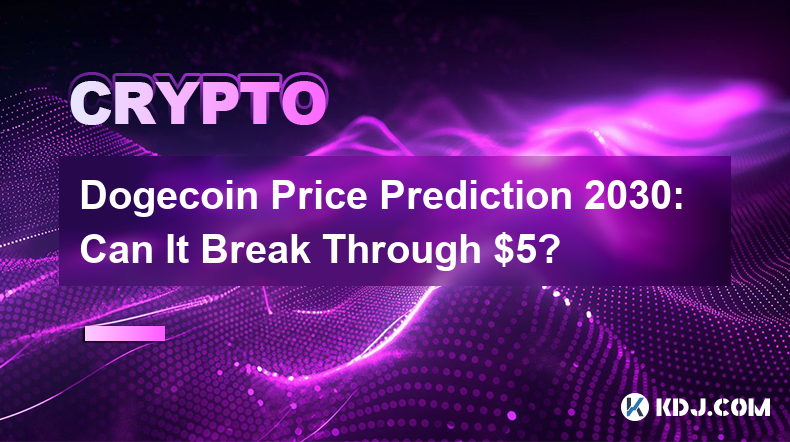
Bitcoincoin price forecast for 2030: Can it break through $5?
Mar 27,2025 at 05:06pm
1. Macro factors affecting Dogecoin price Overall trend in the cryptocurrency market The cryptocurrency market has strong correlation, and the trend of Bitcoin often leads the market. During the 2020-2021 bull market, the price of Bitcoin soared from less than $10,000 at the beginning of 2020 to nearly $70,000 in November 2021. At the same time, Dogecoi...
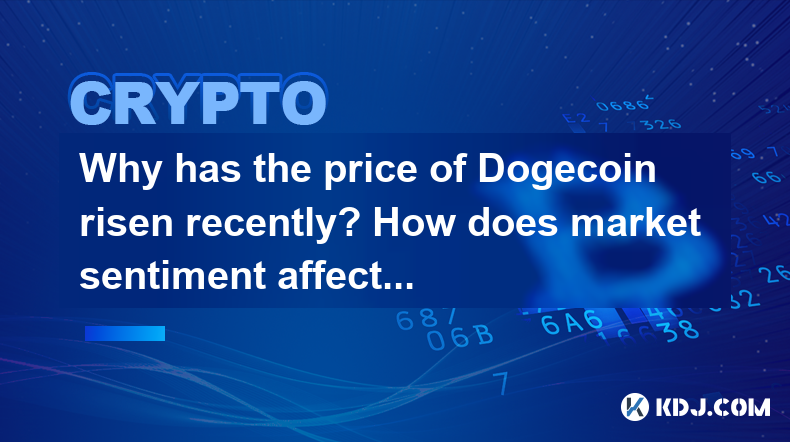
Why has Dogecoin prices rise recently? How does market sentiment affect Doge?
Mar 27,2025 at 04:51pm
Reasons and market sentiment analysis of Dogecoin price recent riseDogecoin (DOGE) price fluctuations have always been known for their drastic nature, and recent rises are no exception. Understanding its price fluctuations requires examining several factors, among which market sentiment plays a crucial role. But relying solely on emotions to explain pri...
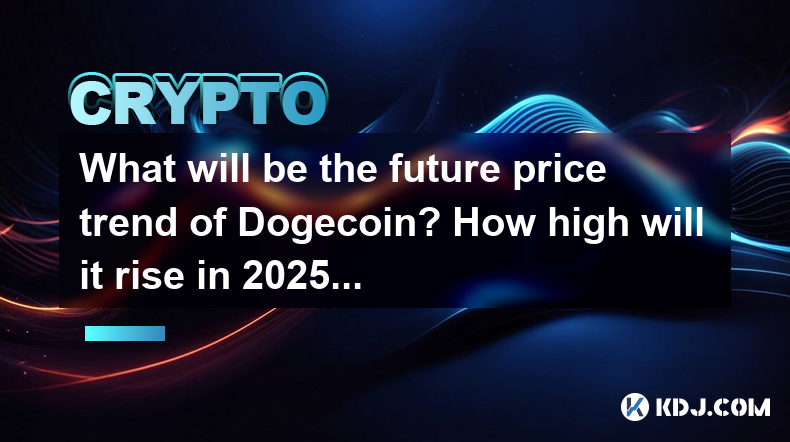
What is the future price trend of Bitcoincoin? How much will it increase in 2025?
Mar 27,2025 at 03:20pm
Dogecoin (DOGE) Price Prediction: 2025 and BeyondPredicting the future price of any cryptocurrency, including Dogecoin, is inherently speculative. No one can definitively say what the price of DOGE will be in 2025 or any other future date. However, we can analyze various factors that might influence its price and explore potential scenarios. The crypto...
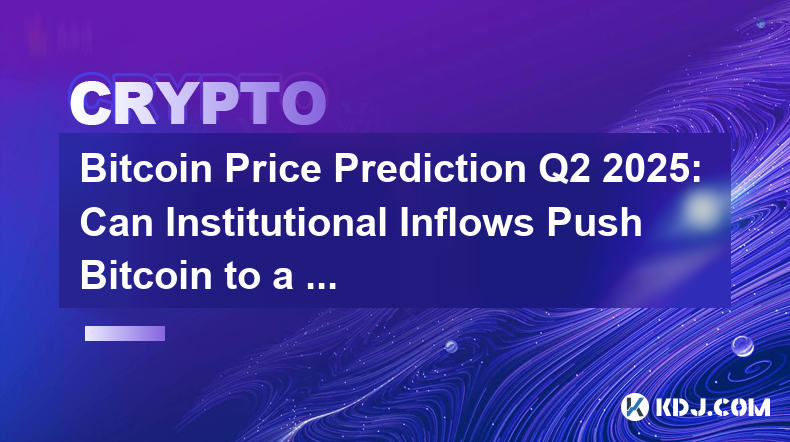
Q2 2025 Bitcoin price forecast: Can institutional capital inflows push a new high of $100,000?
Mar 27,2025 at 03:03pm
The big reveal of the factors that affect Bitcoin priceThe supply and demand relationship is the 'behind the scenes' of priceThe total amount of Bitcoin is set to 21 million, which is fixed and unchanged just like being locked. As mining difficulty increases and block rewards are halved, the supply is getting smaller and smaller. During the bull market,...
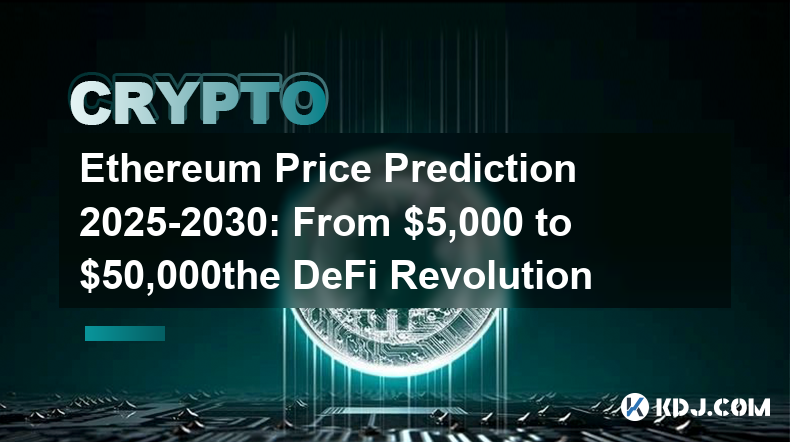
Ethereum Price Forecast 2025-2030: From $5,000 to $50,000 The Defi Revolution
Mar 27,2025 at 02:50pm
As an important force in the blockchain field, Ethereum's price trend has always attracted much attention. When exploring the possibility of Ethereum prices going from $5,000 to $50,000 in 2025-2030, it is necessary to deeply analyze the various driving factors behind it, especially in the development of decentralized finance (DeFi).Ethereum’s core ...

What are the official USDT trading platforms? The latest top ten USDT trading platforms
Mar 27,2025 at 05:23pm
Full analysis of USDT trading platform: Exploring the official and the top ten latest platforms1. Understand USDTUSDT, or Tether, is a stablecoin pegged to the US dollar. Its issuer promises that each USDT will have one dollar reserve as support, aiming to provide a stable value scale and medium for trading for the digital currency market. In digital cu...

Bitcoincoin price forecast for 2030: Can it break through $5?
Mar 27,2025 at 05:06pm
1. Macro factors affecting Dogecoin price Overall trend in the cryptocurrency market The cryptocurrency market has strong correlation, and the trend of Bitcoin often leads the market. During the 2020-2021 bull market, the price of Bitcoin soared from less than $10,000 at the beginning of 2020 to nearly $70,000 in November 2021. At the same time, Dogecoi...

Why has Dogecoin prices rise recently? How does market sentiment affect Doge?
Mar 27,2025 at 04:51pm
Reasons and market sentiment analysis of Dogecoin price recent riseDogecoin (DOGE) price fluctuations have always been known for their drastic nature, and recent rises are no exception. Understanding its price fluctuations requires examining several factors, among which market sentiment plays a crucial role. But relying solely on emotions to explain pri...

What is the future price trend of Bitcoincoin? How much will it increase in 2025?
Mar 27,2025 at 03:20pm
Dogecoin (DOGE) Price Prediction: 2025 and BeyondPredicting the future price of any cryptocurrency, including Dogecoin, is inherently speculative. No one can definitively say what the price of DOGE will be in 2025 or any other future date. However, we can analyze various factors that might influence its price and explore potential scenarios. The crypto...

Q2 2025 Bitcoin price forecast: Can institutional capital inflows push a new high of $100,000?
Mar 27,2025 at 03:03pm
The big reveal of the factors that affect Bitcoin priceThe supply and demand relationship is the 'behind the scenes' of priceThe total amount of Bitcoin is set to 21 million, which is fixed and unchanged just like being locked. As mining difficulty increases and block rewards are halved, the supply is getting smaller and smaller. During the bull market,...

Ethereum Price Forecast 2025-2030: From $5,000 to $50,000 The Defi Revolution
Mar 27,2025 at 02:50pm
As an important force in the blockchain field, Ethereum's price trend has always attracted much attention. When exploring the possibility of Ethereum prices going from $5,000 to $50,000 in 2025-2030, it is necessary to deeply analyze the various driving factors behind it, especially in the development of decentralized finance (DeFi).Ethereum’s core ...
See all articles






















































































